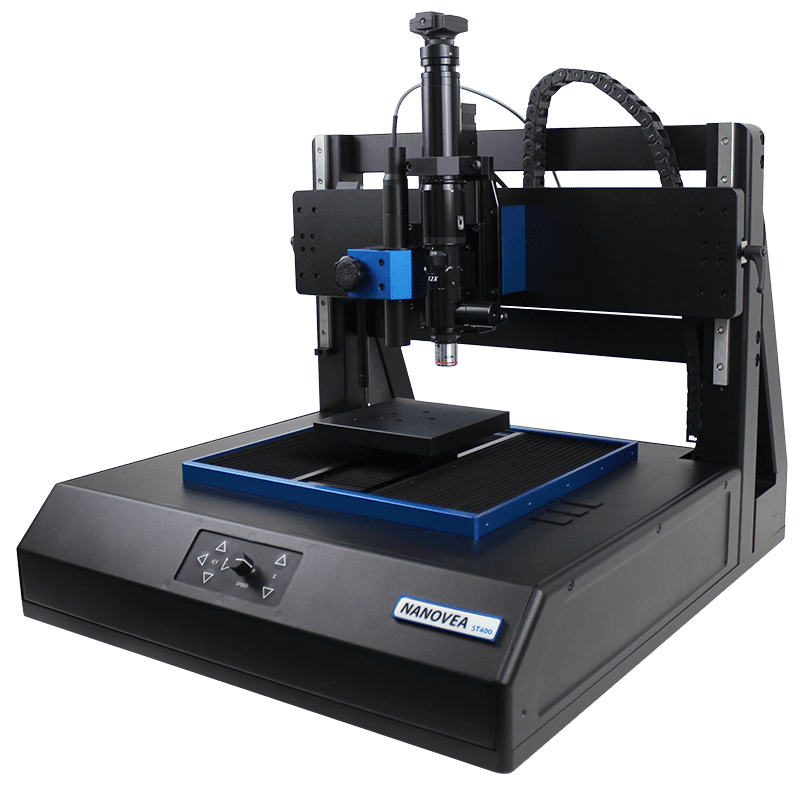月度档案。2 月 2021
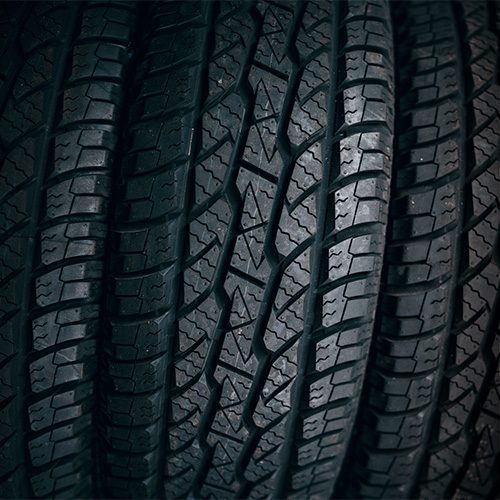
Rubber Tread Contour Measurement
Learn More
RUBBER TREAD CONTOUR MEASUREMENT
USING 3D OPTICAL PROFILER

Prepared by
ANDREA HERRMANN
INTRODUCTION
Like all materials, rubber’s coefficient of friction is related in part to its surface roughness. In vehicle tire applications, traction with the road is very important. Surface roughness and the tire’s treads both play a role in this. In this study, the rubber surface and tread’s roughness and dimensions are analyzed.
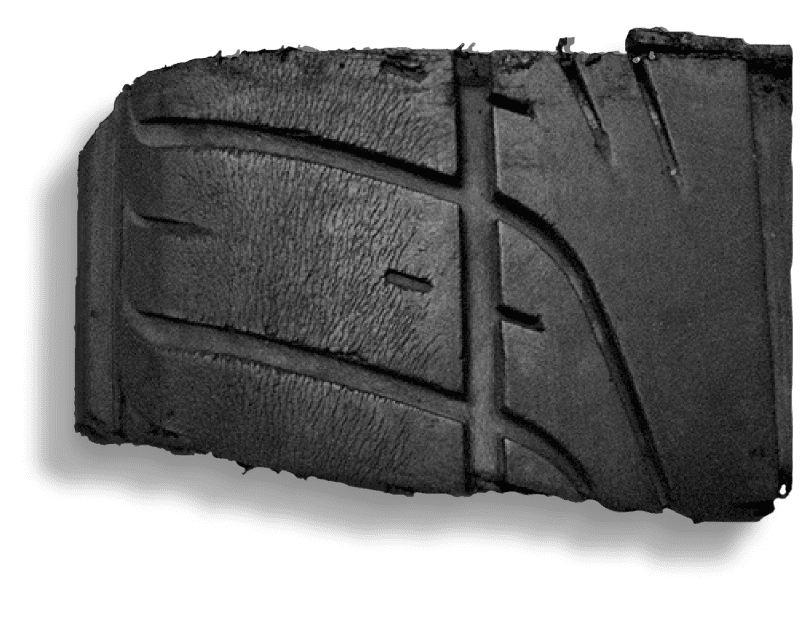
* THE SAMPLE
IMPORTANCE
OF 3D NON-CONTACT PROFILOMETRY
FOR RUBBER STUDIES
Unlike other techniques such as touch probes or interferometry, NANOVEA’s 3D Non-Contact Optical Profilers use axial chromatism to measure nearly any surface.
The Profiler system’s open staging allows for a wide variety of sample sizes and requires zero sample preparation. Nano through macro range features can be detected during a single scan with zero influence from sample reflectivity or absorption. Plus, these profilers have the advanced ability to measure high surface angles without requiring software manipulation of results.
Easily measure any material: transparent, opaque, specular, diffusive, polished, rough etc. The measurement technique of the NANOVEA 3D Non-Contact Profilers provides an ideal, broad and user friendly capability to maximize surface studies along with the benefits of combined 2D & 3D capability.
MEASUREMENT OBJECTIVE
In this application, we showcase the NANOVEA ST400, a 3D Non-Contact Optical Profiler measuring the surface and treads of a rubber tire.
A sample surface area large enough to represent the entire tire surface was selected at random for this study.
To quantify the rubber’s characteristics, we used the NANOVEA Ultra 3D analysis software to measure the contour dimensions, depth, roughness and developed area of the surface.
NANOVEA
ST400
The 3D View and False Color View of the treads show the value of mapping 3D surface designs. It provides users a straightforward tool to directly observe the size and shape of the treads from different angles. The Advanced Contour Analysis and Step Height Analysis are both extremely powerful tools for measuring precise dimensions of sample shapes and design
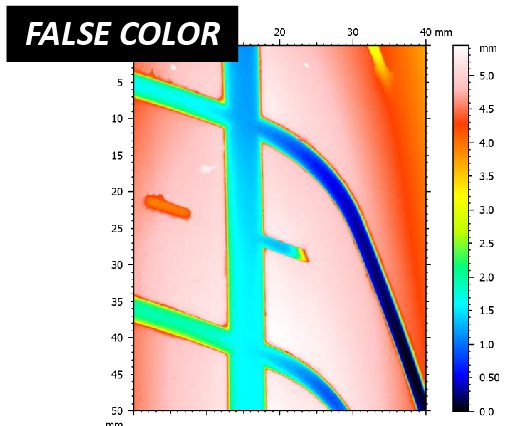
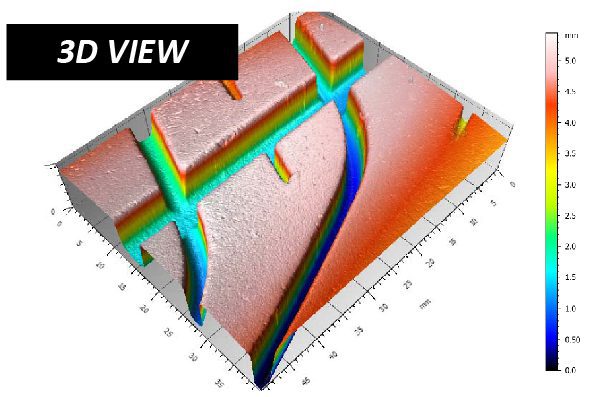
ADVANCED CONTOUR ANALYSIS
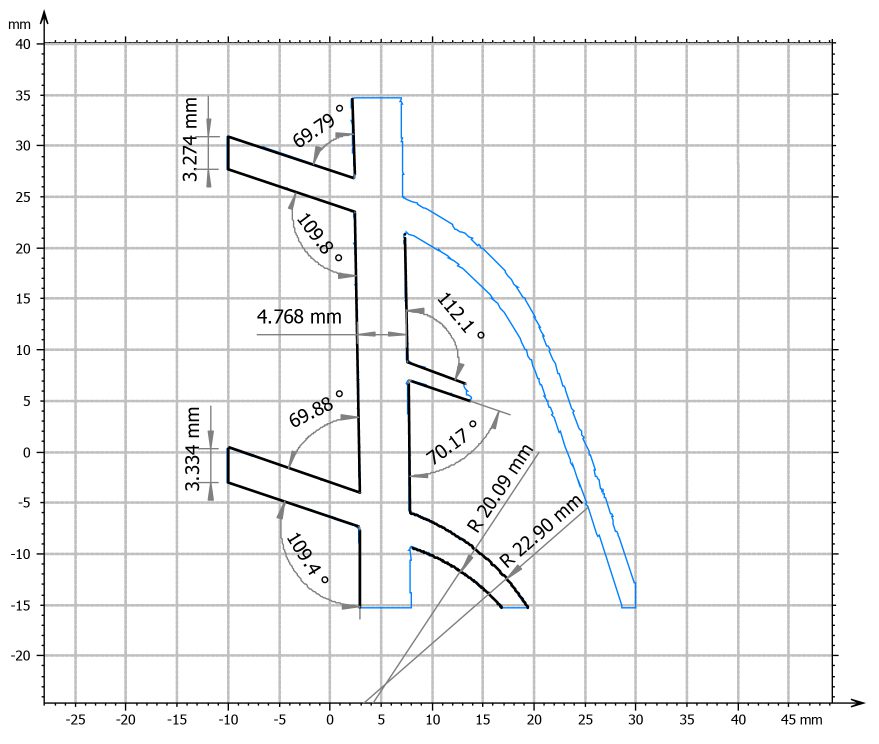
STEP HEIGHT ANALYSIS




The rubber surface can be quantified in numerous ways using built-in software tools as shown in the following figures as examples. It can be observed that the surface roughness is 2.688 μm, and the developed area vs. projected area is 9.410 mm² vs. 8.997 mm². This information allows us to examine the relationship between surface finish and the traction of different rubber formulations or even rubber with varying degrees of surface wear.
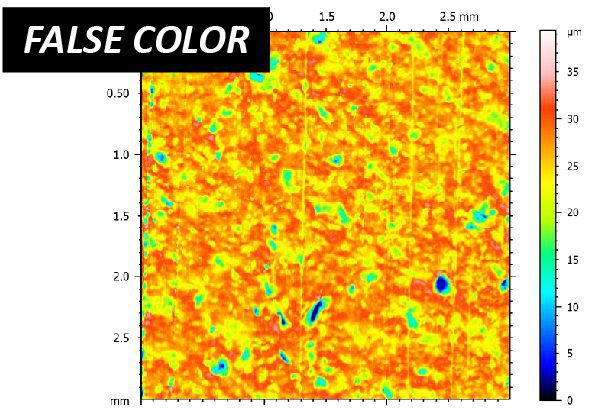
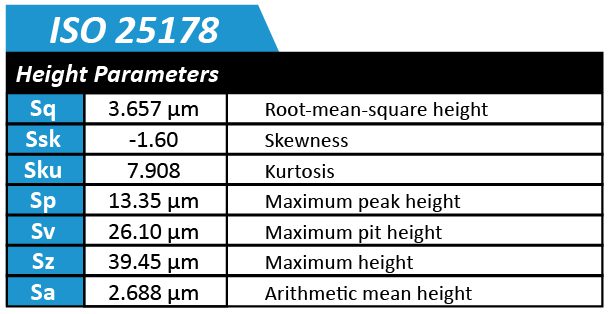
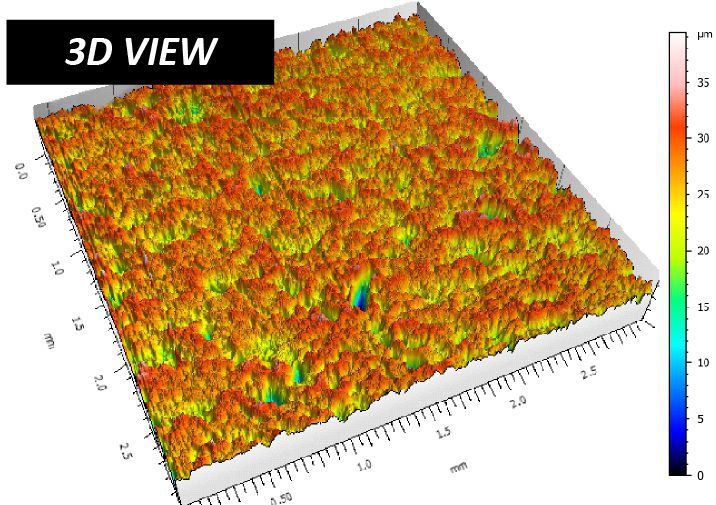

CONCLUSION
In this application, we have shown how the NANOVEA 3D Non-Contact Optical Profiler can precisely characterize the surface roughness and tread dimensions of rubber.
The data shows a surface roughness of 2.69 µm and a developed area of 9.41 mm² with a projected area of 9 mm². Various dimensions and radii of the rubber treads were measured as well.
The information presented in this study can be used to compare the performance of rubber tires with different tread designs, formulations, or varying degrees of wear. The data shown here represents only a portion of the calculations available in the Ultra 3D analysis software.
NOW, LET'S TALK ABOUT YOUR APPLICATION
分类
- Application Notes
- Block on Ring Tribology
- Corrosion Tribology
- Friction Testing | Coefficient of Friction
- High Temperature Mechanical Testing
- High Temperature Tribology
- Humidity and Gases Tribology
- Humidity Mechanical Testing
- Indentation | Creep and Relaxation
- Indentation | Fracture Toughness
- Indentation | Hardness and Elastic
- Indentation | Loss and Storage
- Indentation | Stress vs Strain
- Indentation | Yield Strength and Fatigue
- Laboratory Testing
- Linear Tribology
- Liquid Mechanical Testing
- Liquid Tribology
- Low Temperature Tribology
- Mechanical Testing
- Press Release
- Profilometry | Flatness and Warpage
- Profilometry | Geometry and Shape
- Profilometry | Roughness and Finish
- Profilometry | Step Height and Thickness
- Profilometry | Texture and Grain
- Profilometry | Volume and Area
- Profilometry Testing
- Ring on Ring Tribology
- Rotational Tribology
- Scratch Testing | Adhesive Failure
- Scratch Testing | Cohesive Failure
- Scratch Testing | Multi-Pass Wear
- Scratch Testing | Scratch Hardness
- Scratch Testing Tribology
- Tradeshow
- Tribology Testing
- Uncategorized
归档
- 2023年9 月
- 2023年8 月
- 2023年6 月
- 2023年5 月
- 2022年7 月
- 2022年5 月
- 2022年4 月
- 2022年1 月
- 2021年12 月
- 2021年11 月
- 2021年10 月
- 2021年9 月
- 2021年8 月
- 2021年7 月
- 2021年6 月
- 2021年5 月
- 2021年3 月
- 2021年2 月
- 2020年12 月
- 2020年11 月
- 2020年10 月
- 2020年9 月
- 2020年7 月
- 2020年5 月
- 2020年4 月
- 2020年3 月
- 2020年2 月
- 2020年1 月
- 2019年11 月
- 2019年10 月
- 2019年9 月
- 2019年8 月
- 2019年7 月
- 2019年6 月
- 2019年5 月
- 2019年4 月
- 2019年3 月
- 2019年1 月
- 2018年12 月
- 2018年11 月
- 2018年10 月
- 2018年9 月
- 2018年7 月
- 2018年6 月
- 2018年5 月
- 2018年4 月
- 2018年3 月
- 2018年2 月
- 2017年11 月
- 2017年10 月
- 2017年9 月
- 2017年8 月
- 2017年6 月
- 2017年5 月
- 2017年4 月
- 2017年3 月
- 2017年2 月
- 2017年1 月
- 2016年11 月
- 2016年10 月
- 2016年8 月
- 2016年7 月
- 2016年6 月
- 2016年5 月
- 2016年4 月
- 2016年3 月
- 2016年2 月
- 2016年1 月
- 2015年12 月
- 2015年11 月
- 2015年10 月
- 2015年9 月
- 2015年8 月
- 2015年7 月
- 2015年6 月
- 2015年5 月
- 2015年4 月
- 2015年3 月
- 2015年2 月
- 2015年1 月
- 2014年11 月
- 2014年10 月
- 2014年9 月
- 2014年8 月
- 2014年7 月
- 2014年6 月
- 2014年5 月
- 2014年4 月
- 2014年3 月
- 2014年2 月
- 2014年1 月
- 2013年12 月
- 2013年11 月
- 2013年10 月
- 2013年9 月
- 2013年8 月
- 2013年7 月
- 2013年6 月
- 2013年5 月
- 2013年4 月
- 2013年3 月
- 2013年2 月
- 2013年1 月
- 2012年12 月
- 2012年11 月
- 2012年10 月
- 2012年9 月
- 2012年8 月
- 2012年7 月
- 2012年6 月
- 2012年5 月
- 2012年4 月
- 2012年3 月
- 2012年2 月
- 2012年1 月
- 2011年12 月
- 2011年11 月
- 2011年10 月
- 2011年9 月
- 2011年8 月
- 2011年7 月
- 2011年6 月
- 2011年5 月
- 2010年11 月
- 2010年1 月
- 2009年4 月
- 2009年3 月
- 2009年1 月
- 2008年12 月
- 2008年10 月
- 2007年8 月
- 2006年7 月
- 2006年3 月
- 2005年1 月
- 2004年4 月
